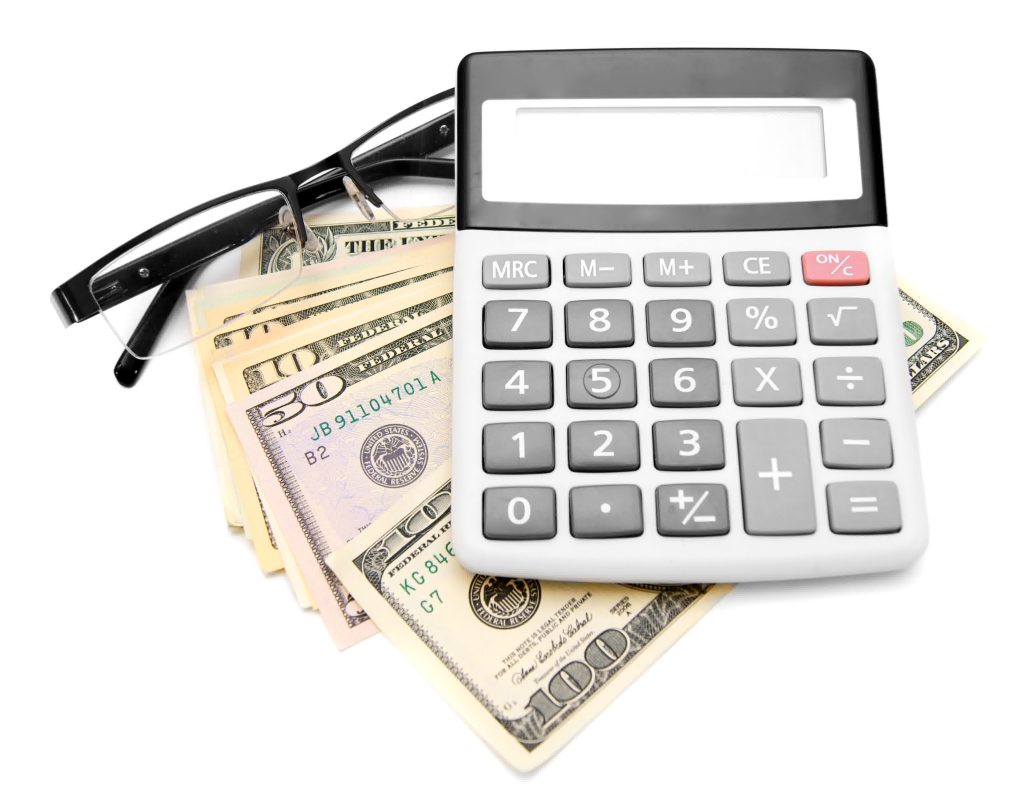Are you tired of breaking the bank on groceries every month? Don’t worry, we’ve all been there. But fear not, there are plenty of ways to save some cash on food without sacrificing taste or nutrition.
First things first, meal planning is key. By taking a little bit of time each week to plan out your meals and make a shopping list, you’ll be less likely to make those pricey impulse purchases at the store. And speaking of shopping lists, make sure to stick to it! It can be easy to get sidetracked by all the shiny packaging and deals, but staying focused will save you money in the long run.
Bulk buying can also be a great way to save some dough. Just make sure to store everything properly to prevent waste. And don’t be afraid to shop around! Take the time to compare prices at different stores or websites to find the best deals on the items you need. And don’t forget to use those coupons and discounts! Every little bit helps.
But perhaps the easiest way to save money on food is to simply cook at home. Not only is it generally less expensive than eating out or buying pre-prepared meals, it’s also healthier and often more delicious. Plus, it’s a great opportunity to get creative in the kitchen and try out new recipes.
And if you really want to save some cash and have a green thumb, consider growing your own fruits and vegetables. Not only will you save money on produce, but you’ll also get the satisfaction of harvesting your own food. Plus, you’ll know exactly where it’s coming from and how it’s been grown.
Saving money on food doesn’t have to be a hassle. With a little bit of planning and creativity, you can enjoy tasty, healthy meals without breaking the bank. Happy cooking!











